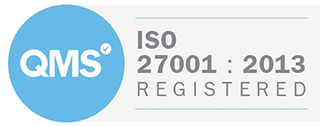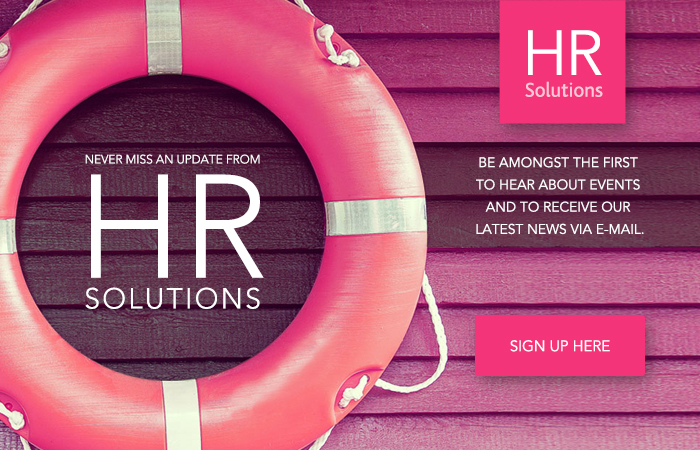
Deciding the Threshold for When Collective Consultation is Triggered
This case law update provides a digestible account of a recent Employment Tribunal outcome. We take a look at the background details on the case, the rationale behind the judgements and takeaway learning points.
Case UQ v Marclean Technologies SLU looks at when the threshold exists for when collective redundancy consultation is triggered.
In this case, UQ was dismissed on the grounds of redundancy, however the company then made a further 36 redundancies afterwards, leading UQ to argue that her dismissal formed part of a series of covert collective redundancies.
This is a Spanish case, and in Spanish law, when an employer organises the timing of dismissals to avoid their legal obligations, the dismissal can be declared void.
However, rulings made at the European Court of Justice (ECJ) currently do impact the UK and so the findings are relevant to UK employment law. The ECJ examined how the requirement for collective consultation should be measures for 30/90-day collective consultation.
In their decision, the ECJ held that the reference period is the 30/90 days consecutive days including the relevant dismissal and which contains the greatest number of dismissals effected by the employer for one or more reasons not related to the worker. Furthermore, it is not determined by how many redundancies are proposed, but rather how many have occurred. Ultimately, when calculating the number of redundancies, the 30/90 days can be measured fully before, fully after or partly before and partly after the dismissal in question. All that is required is that the employee is dismissed within a 30/90-day period.
The consequences of this, is that UK employers need to look back as well as forward to determine whether the threshold number of redundancies is met over the reference period.
Avoiding Redundancies
HR Solutions’ redundancy avoidance checklist document can be used to ensure that all options have been considered before proceeding with any redundancy process. By ensuring that this stage has been completed you will reduce the risk of unfair dismissal claims and have evidence available to support any defence if a claim was to arise. This document is part of the Redundancy Toolkit, and is a supporting document in managing the redundancy process. You can find many free HR Templates and free HR Documents in our HR Document Shop.
HR, Health & Safety Advice
HR Solutions are here to provide you with support and advice on any employment, health and safety related issues; to find out more call us on 0844 324 5840 or contact us online.








